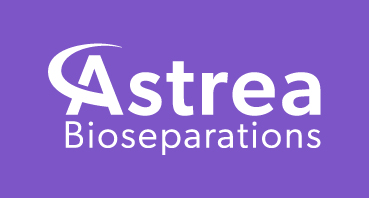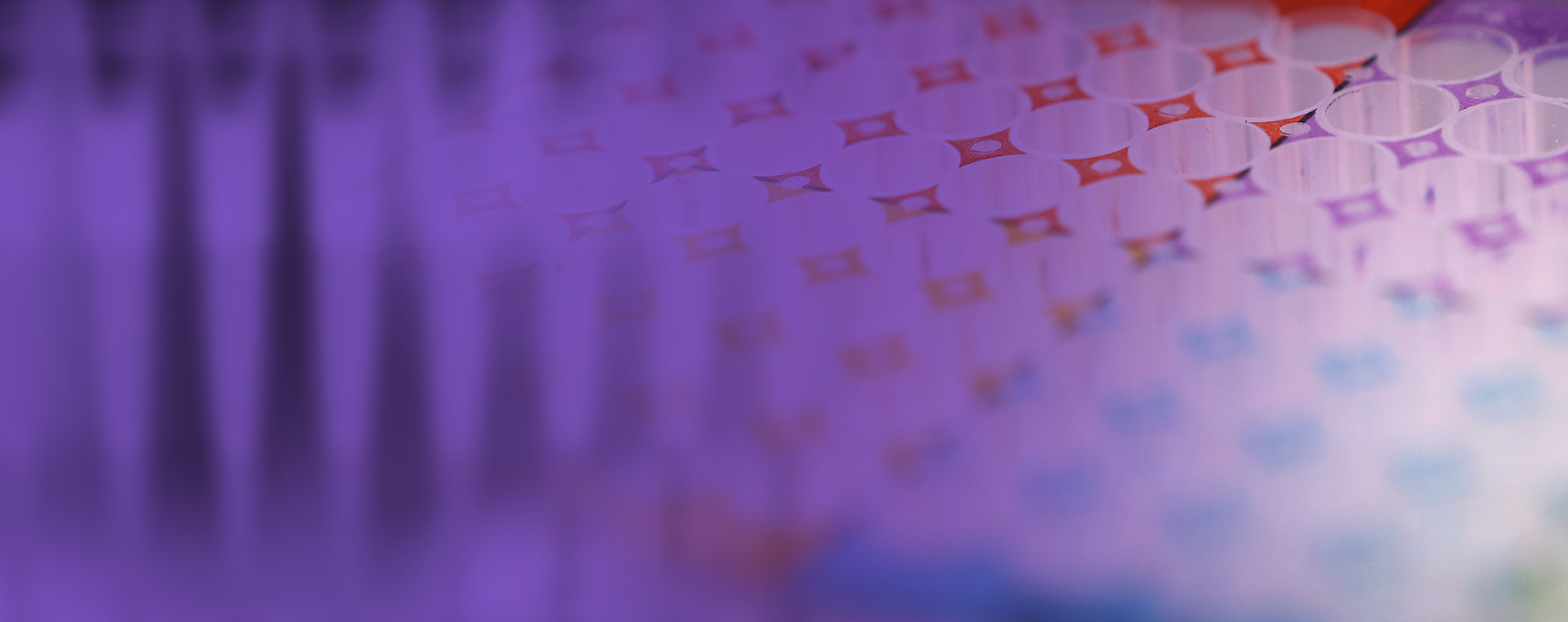

Webinar 8: Revisiting Phenyl Boronate Affinity Chromatography -
An Insight to a Highly Versatile Technique
5th November 2020 | 3pm GMT
An Insight to a Highly Versatile Technique
5th November 2020 | 3pm GMT
Sign me up!
With most events being cancelled, due to Covid-19, and travel restrictions in place, Astrea Bioseparations Ltd. have decided to take this opportunity to organise a series of live webinars and Q&A sessions.
The topics for each webinar are outlined below, to register your interest please fill in the form to the right.
Please feel free to use the comments section if you have any specific questions for our Technical Team or any specific topics to cover in future events.
The topics for each webinar are outlined below, to register your interest please fill in the form to the right.
Please feel free to use the comments section if you have any specific questions for our Technical Team or any specific topics to cover in future events.
Ongoing efforts focused on cost-effective, robust and easy-to-use chromatography adsorbents for the purification of biopharmaceuticals has led to emergence of novel affinity-based separations. These include development of synthetic ligands including biomimetic peptides, chemical synthetic mimetics and ligands generated by screening of combinatorial libraries and synthetic ligands by de novo process designs are being adapted for this purpose. Furthermore, recent commercialisation of mixed-mode ligands has increased the availability of adsorbents that can be operated under higher salt concentrations.
Phenyl Boronate affinity chromatography is a long-established useful tool for the specific capture and effective enrichment of target cis-diol-containing molecules, such as carbohydrates, glycoproteins, enzymes, RNA, nucleotides and nucleic acids. The webinar discusses the potential of Phenyl Boronate affinity chromatography as an additional alternative multi-modal tool for purification and polishing steps for different biopharmaceuticals.
The boronate ligand forms a pair of covalent bonds with molecules containing cis diols via a reversible esterification reaction. In acidic solutions, boronic acids adopt a trigonal planar form which can revert to a tetrahedral boronate anion upon hydroxylation in alkaline conditions. Both the acid and its conjugate base can bind to diol compounds. However, since the equilibrium constant for the tetrahedral is usually higher than that of the trigonal form, complexes are less stable in acidic conditions. This esterification is stronger if the two hydroxyl groups of the diol are on adjacent carbon atoms and in an approximately coplanar configuration, such as 1,2-cis-diol.
Phenyl Boronate ligand is an aromatic molecule and therefore, it can establish hydrophobic and π– π interactions. Other secondary ionic interactions between boronate ligand and proteins are possible through electrostatic attraction or repulsion effects, hydrogen bonding by the hydroxyl groups and charge transfer interactions. These are more likely to occur in acidic conditions, since in the trigonal uncharged form, the boron atom has an empty orbital and serves as an electron receptor for a coordination interaction, enabling Lewis acid–base interactions to occur.
Phenyl Boronate affinity chromatography is a long-established useful tool for the specific capture and effective enrichment of target cis-diol-containing molecules, such as carbohydrates, glycoproteins, enzymes, RNA, nucleotides and nucleic acids. The webinar discusses the potential of Phenyl Boronate affinity chromatography as an additional alternative multi-modal tool for purification and polishing steps for different biopharmaceuticals.
The boronate ligand forms a pair of covalent bonds with molecules containing cis diols via a reversible esterification reaction. In acidic solutions, boronic acids adopt a trigonal planar form which can revert to a tetrahedral boronate anion upon hydroxylation in alkaline conditions. Both the acid and its conjugate base can bind to diol compounds. However, since the equilibrium constant for the tetrahedral is usually higher than that of the trigonal form, complexes are less stable in acidic conditions. This esterification is stronger if the two hydroxyl groups of the diol are on adjacent carbon atoms and in an approximately coplanar configuration, such as 1,2-cis-diol.
Phenyl Boronate ligand is an aromatic molecule and therefore, it can establish hydrophobic and π– π interactions. Other secondary ionic interactions between boronate ligand and proteins are possible through electrostatic attraction or repulsion effects, hydrogen bonding by the hydroxyl groups and charge transfer interactions. These are more likely to occur in acidic conditions, since in the trigonal uncharged form, the boron atom has an empty orbital and serves as an electron receptor for a coordination interaction, enabling Lewis acid–base interactions to occur.
By completing and submitting this form, you understand and agree that use of Astrea Bioseparations’ web site is subject to Astrea Bioseparations’ Privacy Policy including the fact that Astrea Bioseparations may transfer your personal information collected in connection with your registration on this website to its affiliates globally and to third party entities that provide services to Astrea Bioseparations. The data you have provided will be used by Astrea Bioseparations Ltd. to send you technical updates, special offers and product related information.
Dr. Steven Burton
CEO
CEO